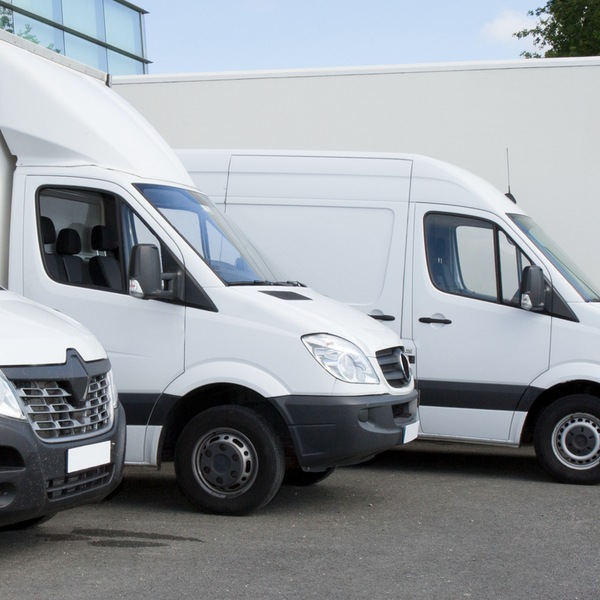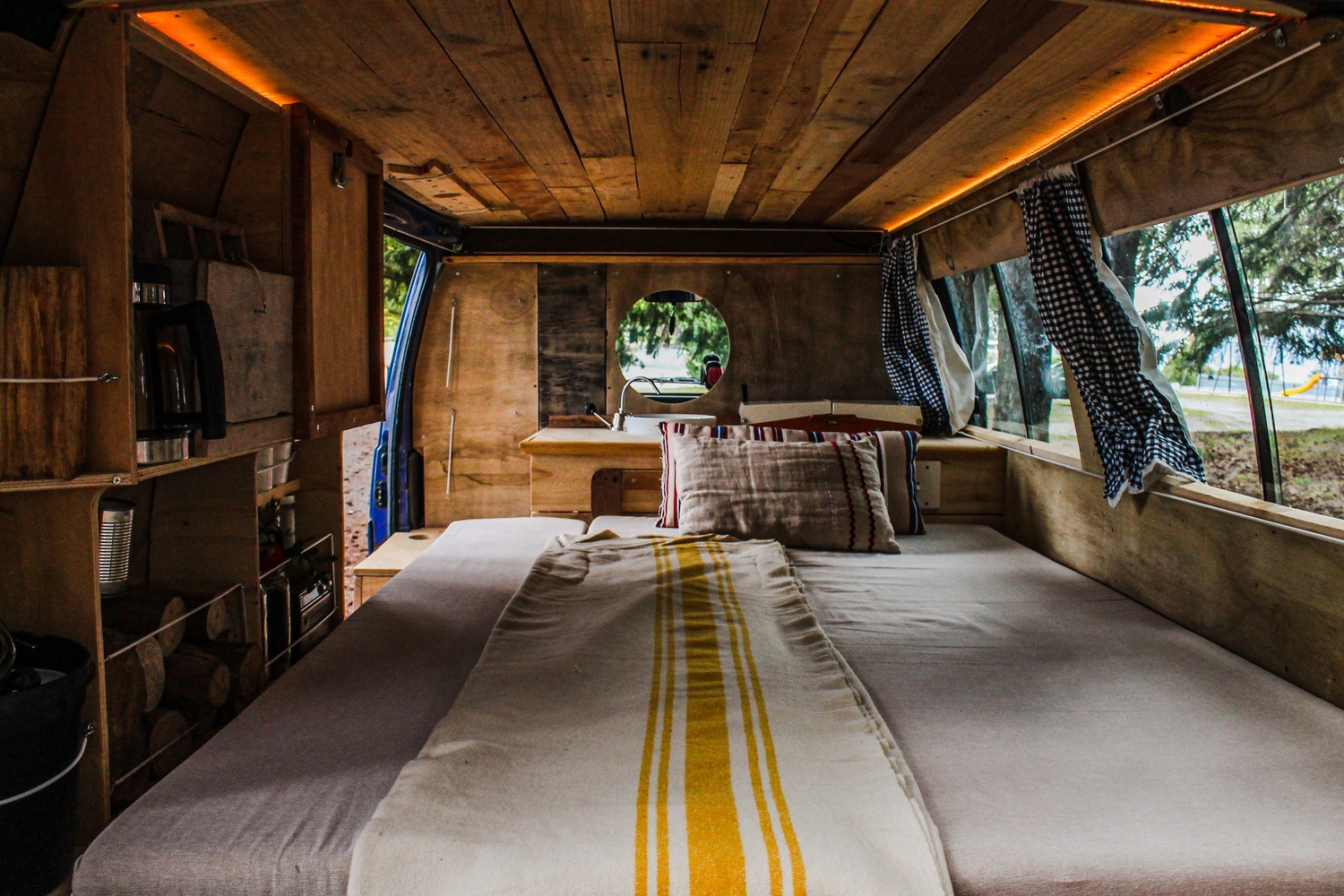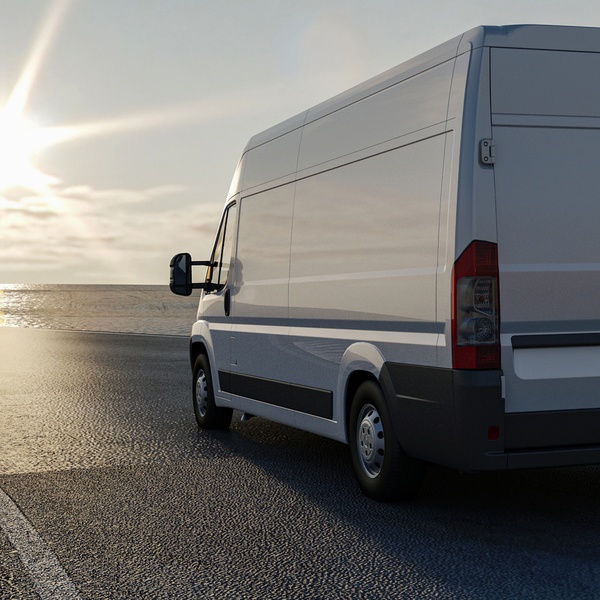Advantages of soundproofing a metal roof
Soundproofing a metal home is not just about creating a quieter environment; it also improves comfort, energy efficiency, and the overall usability of the vehicle. By reducing noise both outside and inside the vehicle, you can create a more comfortable and functional environment, whether you use the metal home for travel, work, or as a permanent residence.
Better temperature control
Soundproofing also acts as an effective thermal barrier, helping to regulate the temperature inside the vehicle. On hot summer days, the insulation can reduce the amount of heat that penetrates the vehicle, while in winter it helps to retain heat. This is particularly important for those who live in their camper van all year round and want to avoid large temperature differences that can otherwise affect both comfort and energy consumption.
Increased energy efficiency
By reducing temperature changes inside the van, the need to use heating or cooling systems is also reduced, making the vehicle more energy efficient. For those who depend on batteries, solar panels, or other limited energy supplies, this can be crucial for optimizing energy use and extending the operating time of electrical appliances.
Improved privacy and seclusion
Sound insulation creates a more private and secluded environment inside the vehicle by blocking noise from both inside and outside. This can be particularly valuable for those who use their van for work, overnight stays in public places, or as a mobile office. With reduced sound penetration, it becomes easier to have conversations, work undisturbed, or simply enjoy peace and quiet.
Better sleep quality
Sleeping in a camper van can be challenging if the surroundings are noisy, for example from traffic, wind, or other external sounds. Soundproofing reduces disturbing noises that can otherwise affect the quality of your sleep. A quieter environment makes it easier to relax and get a good night's sleep, which is crucial for both health and well-being.
Reduced noise levels and a better driving experience
One of the most noticeable benefits of soundproofing is that it reduces noise inside the vehicle, making the journey both quieter and more comfortable. Metal vehicles tend to amplify vibrations and road noise, which can lead to a constant noise level while driving. By insulating the walls, floor, and ceiling, you reduce the resonance noise that would otherwise occur, leading to a more relaxed driving experience and less mental fatigue on longer journeys.
Protection against extreme weather conditions
In addition to reducing noise and improving temperature control, sound insulation also protects against weather conditions. Wind, rain, and snow can create high noise levels when they hit the metal body of the vehicle. By insulating, you can reduce these noises and create a quieter and more comfortable indoor environment regardless of the weather.
Improved everyday comfort
Being in a metal vehicle should be a comfortable experience, whether it is used for travel or as a mobile home. Sound insulation contributes to a calmer atmosphere where you can listen to music, have conversations, or just enjoy the silence. Less noise means a more harmonious and relaxed environment, which improves the quality of life for both drivers and passengers.
Protection against external noise
Driving through noisy areas can be challenging if the vehicle lets in a lot of noise. Sound insulation reduces the risk of traffic noise, industry, or other external noise affecting the comfort inside the vehicle. This is especially useful if you park and spend the night in places where it can otherwise be difficult to find a quiet and undisturbed environment.
Increased resale value of the vehicle
A soundproofed vehicle can also have a higher resale value. A quieter and more comfortable driving experience is often a strong selling point for potential buyers. A vehicle with well-designed soundproofing and improved acoustics can therefore be more attractive on the market, making it an investment that pays off in the long run.










